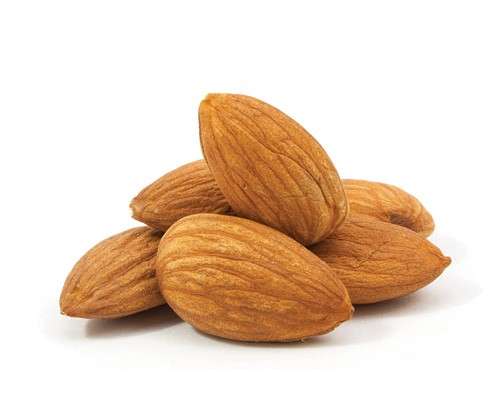Blood sugar and glucose—they are one and the same and come from the foods we eat. Glucose fuels our cells and organs, and when levels are optimal, our body functions well. But unhealthy levels can lead to serious effects, such as diabetes. Physicians and researchers agree that selecting the right foods is tantamount to managing healthy blood glucose.
But choosing the right foods for healthy blood sugar can be confusing. Should you eat fats? Are there certain fruits and vegetables that are better than others? An ideal starting point is eating foods that convert to blood glucose slowly or don’t raise blood glucose levels at all. Typically, these contain high fiber and/or healthy fats that slow the digestive process—and slow the release of glucose in the bloodstream—so you feel full longer. Foods that are high in simple carbohydrates—processed grains like white rice or white flour, many fast foods, and candy and sweets—flood the bloodstream quickly, causing a sharp, unhealthy increase in insulin.
Here are four top foods for healthy blood sugar you should be eating.
 Almonds
Almonds
Several studies have shown that almonds can regulate and reduce the rise of glucose after meals. How many almonds is enough? According to the studies, 2 ounces or 46 almonds per day can help maintain healthy glucose levels.
When people were fed an American Diabetes Association diet with 20 percent of calories from almonds, markers for insulin sensitivity and LDL cholesterol in adults with prediabetes improved. Researchers noted the health benefits were partly because almonds contain healthy fats and a small amount of carbohydrates. Other nuts, like pistachios, walnuts and macadamia nuts, can also regulate blood sugar.
 Sour Cherries
Sour Cherries
Most fruits are known to raise blood sugar levels, but there is an exception: sour cherries. Laden with antioxidants called anthocyanins that may guard against diabetes, sour cherries contain protective compounds including chlorogenic acid and rutin (a type of quercetin).
An animal study showed that when mice were fed an unhealthy diet of 60 percent fat with a sour cherry extract (equal to a serving of 60 sour cherries), they did gain weight, but the protective compounds in the cherries kept glucose levels low and reduced markers for C-reactive proteins, an indicator of inflammation of the arteries. Sour cherries are available frozen, water-packed in cans, dried and in juice. The two latter sources can contain a significant amount of sugar, so look for brands with reduced or no sugar.
 Avocados
Avocados
This creamy green orb contains an impressive amount of monounsaturated and polyunsaturated healthy fats, fiber, vitamins, and phytonutrients. Unlike many other foods, avocados minimally affect blood sugar; and when eaten in combination with other fruits and vegetables, they help the body absorb fat-soluble vitamins such as A, D, E and K.
One half avocado is remarkably low in sugar (0.2 grams); the sugar in avocados is called D-mannoheptulose, known to support blood glucose control and even weight management. Fatty acids and nutrients in avocados also encourage healthy cholesterol levels and cardiovascular health, which is an important consideration for those with diabetes and blood sugar management issues.
Try: Eggs-traordinary California Avocado Breakfast Muffins
 Cacao
Cacao
Good news: Dark cacao contains flavanols that may reduce the risk of insulin resistance—when excess glucose in the blood reduces the ability of cells to absorb and use blood sugar for energy—by improving endothelial function in the arteries and altering glucose metabolism. A compound in dark cacao called epicatechin has been shown to reduce blood glucose levels in diabetic patients. The easiest way to add cacao to your diet is by eating dark chocolate. Most studies indicate that for dark chocolate to diminish insulin resistance, it must be rich in flavanols (85 percent or more cacao), consumed regularly (meaning 1–2 ounces daily) from a no- or low-sugar source, and over a long period of time (two to three weeks or more).


 Almonds
Almonds  Sour Cherries
Sour Cherries  Avocados
Avocados  Cacao
Cacao 
